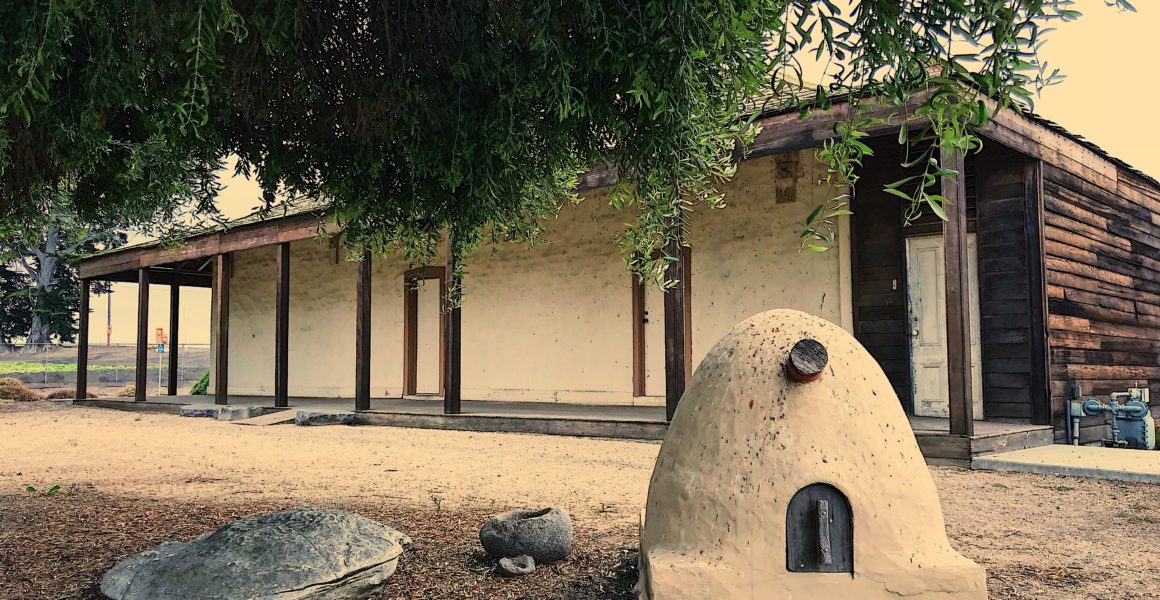There’s something about old, forsaken looking cemeteries that calls to me. It could be the lopsided, cockeyed headstones that have somehow weathered the years. Or the scrubby, lifeless looking weeds that grow in spite of the barrenness of their surroundings. Or the fact that, quite often, they’re located on the outskirts of town, all but forgotten, a sad result of progress, that draws me in. I like to stop and wander, reading the inscriptions, acknowledging the names of people who very often were the founding fathers and mothers of whatever neighboring town the cemetery is near.
Most days on my way to and from work, I come into Salinas on Highway 183 from the north. On the left hand side, right before the highway becomes Market Street, is the Old Calvary Cemetery, established in 1870 by George Graves, an early settler and farmer. It’s surrounded by a chain link fence posted with no trespassing signs, a barrier that does not discourage my curiosity. Fortunately, there’s a small entrance gate that’s open daily so I’m not in jeopardy of really breaking any laws.
Strolling the pathways, past monolithic grave markers, family plots and impressive tombs brings me into contact with the Salinas Valley’s past. The names etched into these concrete forms are recognizable as some of the Valley’s earliest settlers.
The land the cemetery sits on is part of the Rincon de Sanjon Rancho. The Mexican government granted, or gifted to, Jose Eusebio Boronda this land in 1840 and his family home is not far from the cemetery. The home, built between 1844 and 1848, is the only surviving rancho adobe in the Salinas Valley, and the oldest home in the Salinas Valley. In 1972, the Monterey County Historical Society acquired it and five acres, completely restored the house and dedicated it as a museum in 1976. It’s now listed in the National Register of Historic Places and is a California Historical Landmark. It’s in remarkable condition and the centerpiece of the Society’s history center on the outskirts of Salinas.
Step inside the adobe and the interior is much like it could have been two centuries ago. It’s not hard to imagine life in the 1800s. Clothes are hanging on wooden pegs. Furnishings are of the era. A veranda encircles the entire house. The architecture differs from other adobe of the period in a couple of way. It has a wood-shingled roof instead of red clay tile. The interior was one giant room with open beamed ceilings and fire place at either end for heat. This large room, or sala, was where all of the family activities took place — a giant multi-purpose rumpus room.
Many members of the family lived in the house off-and-on for years. The last of them moved out of the family home in the 1920s.
Which brings me back to the cemetery. That’s where seven Boronda’s rest today, tucked away in a stark, gravelly, barren spot in a corner of the graveyard. No flowers. No tributes. Nothing to acknowledge the significance of this family in our history.
But I wander this cemetery, paying homage to our past with my silent recognition and gratitude for those who called the Salinas Valley home … my home.




